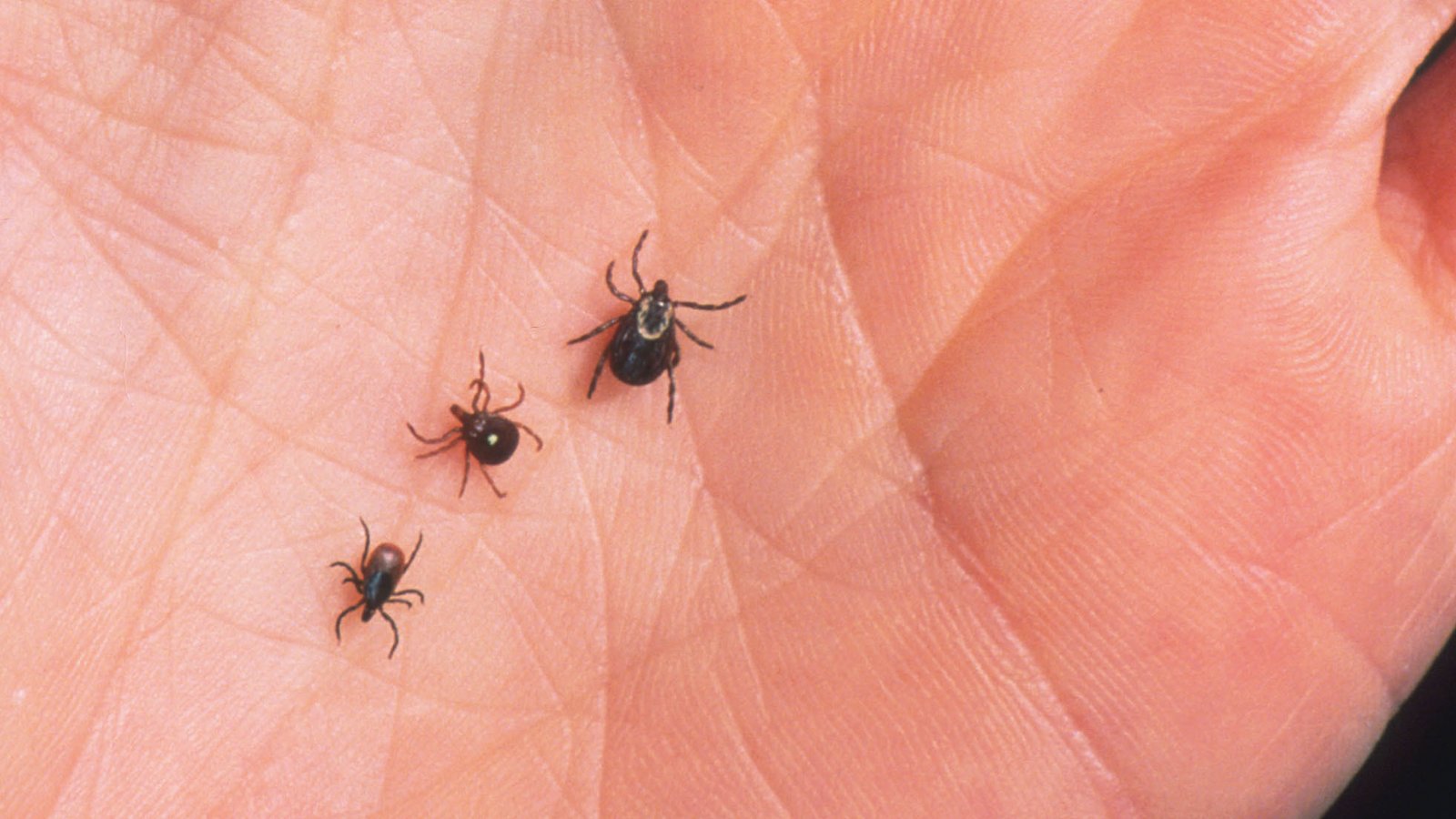Bacterial Disease
Lyme Disease: What To Eat And What To Avoid – A Complete Diet

Lyme disease (also known as Lyme borreliosis) is an infectious disease caused by Borrelia bacteria. This bacterium is spread by ticks. Around a week after you have been bitten by a tick, this disease will exhibit the most common symptom of an expanding red rash.
Contents
Symptoms Of Lyme Disease
Other symptoms include fever, headache, and tiredness. If you ignore these symptoms, they may worsen into:
- Loss of ability to move one/ both sides of the face
- Joint pain
- Severe headaches
- Neck stiffness
- Heart palpitations

While it is very common in the northern hemisphere, India sees less than 5000 cases per year. Some common preventive methods are applying tick repellents, spraying a solution toxic to ticks, checking your pets regularly for ticks and wearing clothes covering arms, legs and neck to avoid getting bitten by ticks in tick habitats.
Treatment For Lyme Disease
Firstly, any attached ticks should be removed at once. Antibiotics are prescribed for treatment. Duration of the treatment may last between 1 week to 4 weeks depending upon the severity of reaction and stage of Lyme disease.
And the final piece of treatment? Some dietary changes.
What To Eat & What Not To Eat
Certain foods need to be avoided/minimized during your treatment process. The main reason to avoid these foodstuffs is that they can trigger inflammation, weaken your immune system, bring imbalance in your hormones, increase blood sugar levels, and generally place more burden on your body which is already fighting off Lyme disease. The foodstuffs that go into this list are:
- Sugar
- Ultra-processed/ packaged food with lots of additives, preservatives, and other ingredients
- Saturated fats, trans-fatty acids, hydrogenated fats
- Common allergens such as wheat/ gluten, milk/ dairy products, tree nuts, shellfish, etc.
- Hard to digest food
While we avoid food that we are allergic to, we may sometimes ingest in tiny doses depending upon the severity of the reaction. For example, cheese may give someone indigestion but he/ she will continue to consume pizzas and other dishes made of cheese. During the Lyme disease treatment process, avoid such dietary behavior. A spoon of sugar in our coffee may not seem as much but sugar promotes the growth of yeast and bacteria including the one causing Lyme disease.
Now that we have cut down on foods that can potentially harm/ burden our body, let us turn to those foods that will help nourish the body and make it stronger. Here’s a list of food that should be consumed during Lyme disease treatment:
- Leafy vegetables
- Vegetables
- Berries
- Healthy fats/ Omega 3 rich food
The above foods are highly nutritious and have anti-inflammatory properties. They also contain healthy carbohydrates that will give you energy, promote better digestive health and detoxification.
List of food classes you can include in your daily diet
- Wild-caught sea-food: Richest dietary source of anti-inflammatory omega-3 fatty acids.
- Non-starchy vegetables: Radish, carrots, leafy vegetables, kale, cabbage, pumpkin, cucumber, okra, eggplant, celery, tomato, etc are vegetables that metabolize quickly. They also provide dietary fiber, vitamin C, vitamin B, and gut-health properties. At least 3 to 4 servings per day are recommended.
- Starchy vegetables and whole fruits: Moderate serving of starchy vegetables and whole fruits are recommended for a healthy nutritious palette. However, please consider your blood sugar levels before consumption as poor blood sugar controls will impair the immune response to the infectious disease.
- Nuts and seeds: To be avoided if you are allergic. For those who are not allergic, a handful of different types of nuts and seeds daily is recommended as they provide trace minerals, vitamin B, vitamin E, and vitamin A.
- Healthy fats: Are found in olive oil, coconut oil, avocados, nuts and seeds, and wild-caught seafood.
This list is just for information purposes. Those who follow different diets like – vegetarians, vegans, those with sea-food allergies, etc. can accordingly adjust their food depending on the type of nutrition they have less of/ missing. For example, in place of sea-food, vegans/ vegetarians/ those with sea-food allergies can choose seaweed and algae, chia seeds, hemp seeds, flaxseeds, walnuts, kidney beans, and edamame for omega-3 fatty acids.
We tend to ignore diet when considering treatment. However, in my opinion, diet is one of the most critical factors that can make or break your treatment progress.
Also Read – How Much Weight Can You Lose With Water Pills?






















